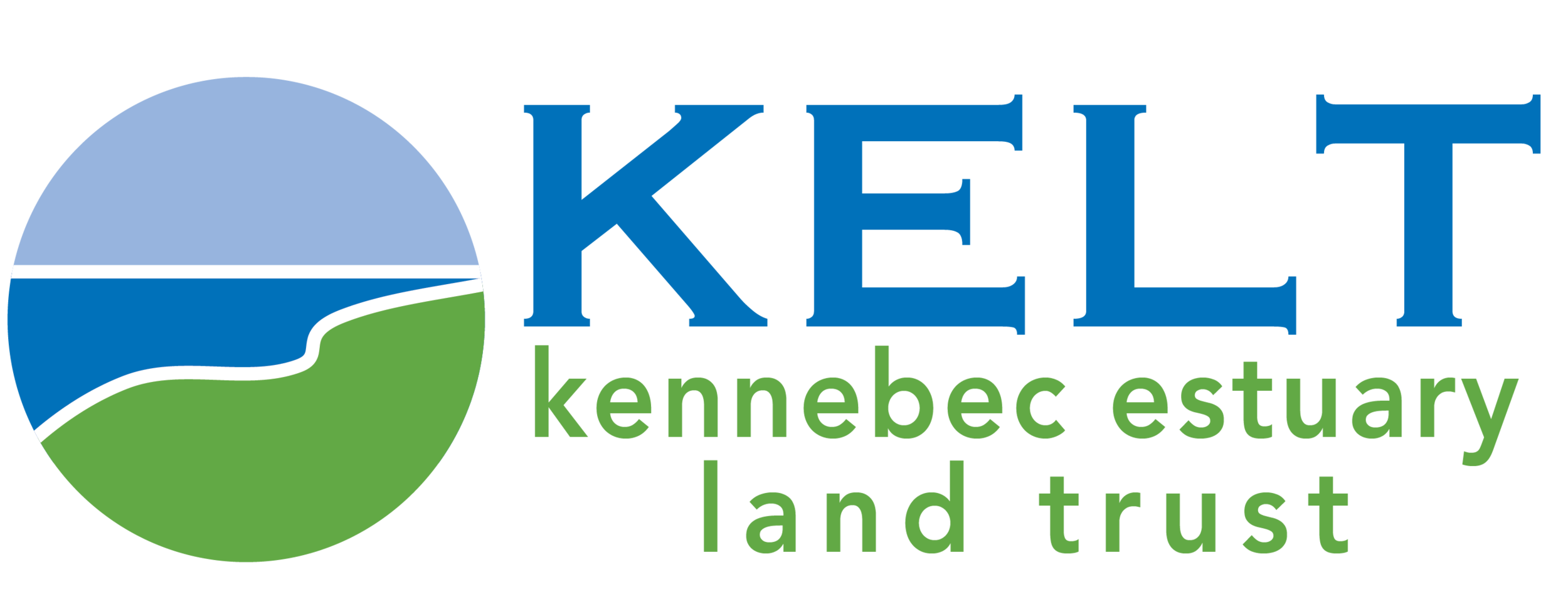Conservation Easements
KELT has conserved 1,880 acres through conservation easements. Conservation easements give people the assurance that the lands they love will be protected forever. Land is donated or placed under a conservation easement, a legal agreement that remains with the land, forever. They are among the most meaningful legacies a person or family can leave to future generation. When completed, it is the job of the land trust to make sure that promise is kept. It is no small job ensuring the permanence of land conservation.
KELT would like to celebrate a local family that donated an easement on their family propery...








